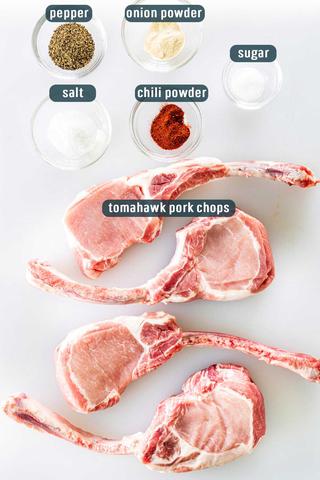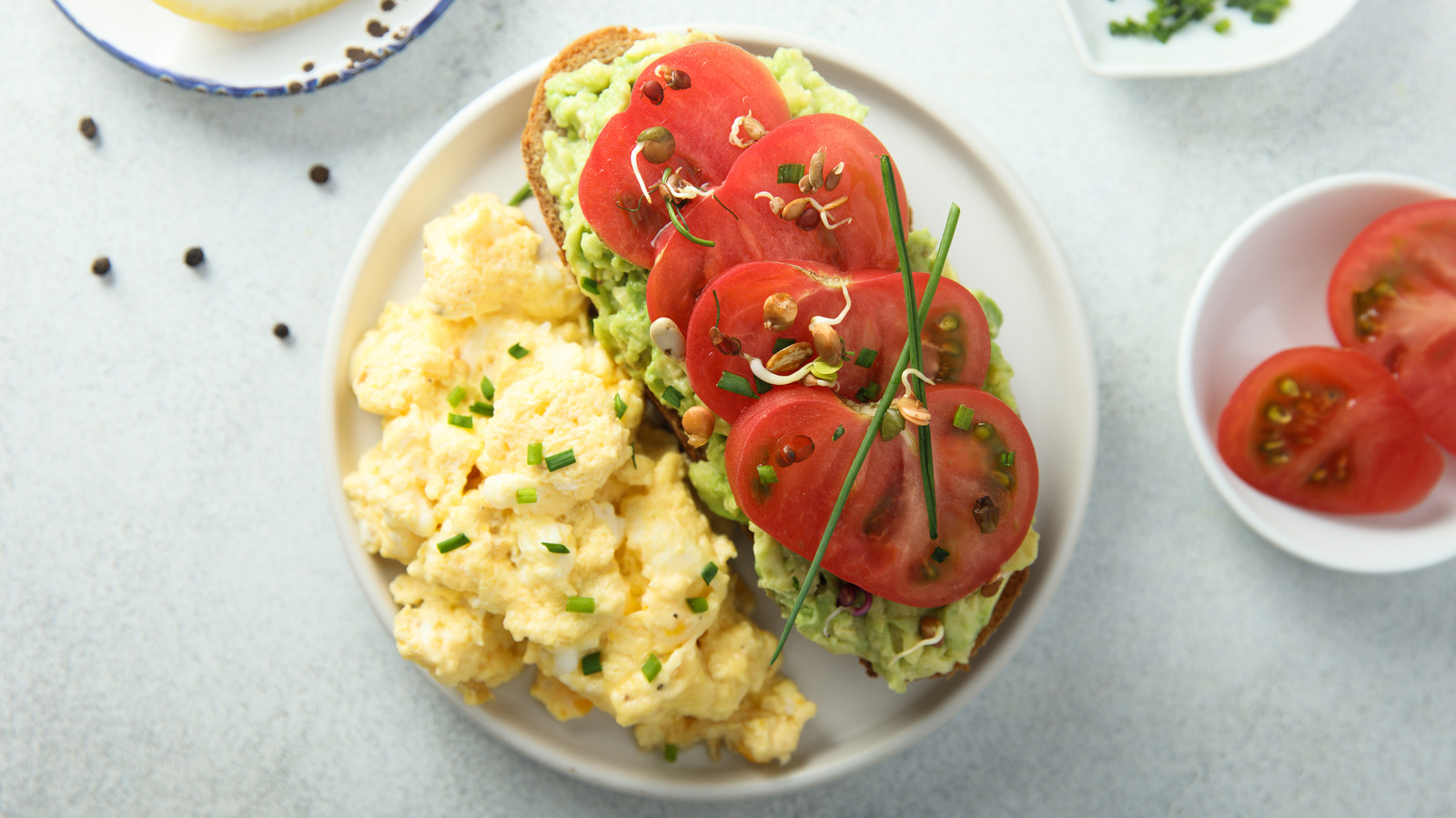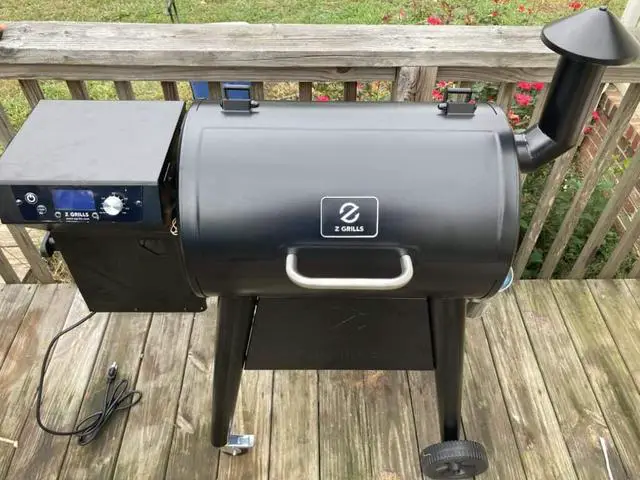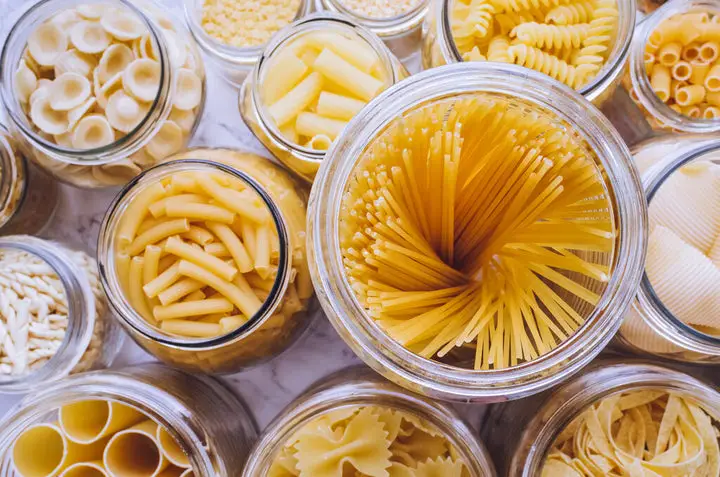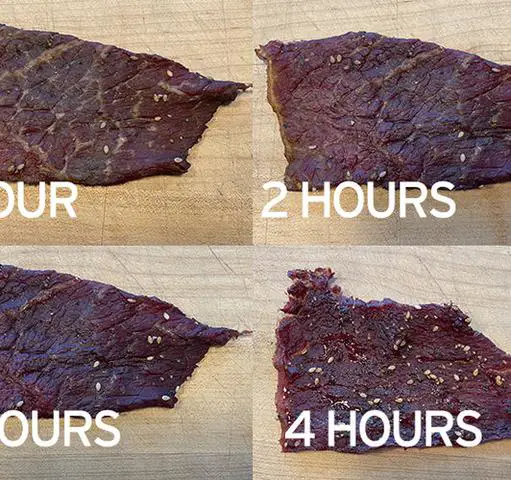
“Discover the foolproof signs to determine when your jerky is perfectly done! Our guide will equip you with essential tips and tricks, ensuring that your homemade jerky turns out irresistibly tender, flavorful, and safe to eat. Say goodbye to guesswork and savor each bite with confidence!”
How Do You Know When Beef Jerky is Done? (with Pictures!)
When it comes to determining if beef jerky is done, the most common test is the “bend test.” To perform this test, simply take a piece of jerky and bend it. Look at the cross-section of the bend to assess its doneness. If the jerky still has a red/pink hue and appears moist, it’s not done yet. On the other hand, if the jerky is dry and features white edges or micro-tears, it’s done.

However, visual cues alone are not enough to ensure safety when making beef jerky at home. It’s important to pre-heat the meat to a safe eating temperature before dehydrating. The USDA recommends heating meat to 160°F and poultry to 165°F before starting the dehydrating process. This step ensures that any bacteria present in the meat will be destroyed by wet heat.
Internal temperature is another important factor for home jerky makers, especially those who are immunocompromised. According to FSIS guidelines, an internal temperature of 158°F achieves necessary log reductions for pathogenic bacteria instantly. While some commercial probe thermometers may require deeper insertion than the thickness of jerky allows, leaving one thicker piece can help reach the thermal center and check its internal temperature.
Most commercial dehydrators are incapable of reaching 158°F, so pre-heating in an oven until the desired temperature is reached is recommended. After pre-heating, transfer the meat to a dehydrator set at 140°F for further drying.
In addition to visual cues and internal temperature, there are other indicators that beef jerky is done. It should be able to be torn in half without snapping or feeling rubbery. The exterior should have a dry, leathery appearance. Wetness on the outside may indicate that the jerky is not yet done, although grease from intramuscular fat rendering is normal.
Over-drying can also occur, resulting in brittle and less palatable jerky. It may even snap when bent. It’s important to find the right balance to achieve properly dried and safe-to-consume beef jerky.
What Temperature is Beef Jerky Safe to Consume at?

Beef jerky should be heated to a temperature of 160 °F (71 °C) before the dehydrating process. This step ensures that any bacteria present in the meat will be destroyed by wet heat. The USDA Meat and Poultry Hotline recommends heating meat to this temperature for safe consumption. It is important to note that poultry should be heated to a slightly higher temperature of 165 °F (74 °C). These temperatures are critical for ensuring food safety, especially for individuals who are immunocompromised.
In terms of safety recommendations, the FSIS Critical Parameters for Cooking also emphasize the importance of time and temperature combinations in achieving pathogenic log reductions. According to the FSIS/USDA website, an instant log reduction is achieved when beef jerky reaches a temperature of 158°F (70°C). While the USDA recommends 160°F for easier remembrance, it is worth noting that the actual required temperature for safe consumption is slightly lower.
It is important to ensure that your thermometer can accurately measure the internal temperature of the jerky, considering its thickness. Most commercial probe thermometers require around 1/2″ tip insertion to provide an accurate measurement. To overcome this issue, it is suggested to leave one piece of jerky thicker so that you can reach the thermal center. If this thicker piece reads 158°F (70°C), then it can be assumed that the thinner pieces are also at this temperature.
However, it should be noted that many commercial dehydrators may not be capable of reaching 158°F (70°C). In such cases, pre-heating the jerky in an oven set to 325-375°F (163-190°C) until it reaches an internal temperature of 158°F (70°C) is recommended. After pre-heating, the jerky can then be transferred to the dehydrator set to 140°F (60°C) for the drying process. This method ensures that the jerky reaches the necessary temperature for food safety.
Overall, it is crucial to follow the recommended temperature guidelines and ensure that your homemade beef jerky is heated to a safe temperature before dehydrating. This will help eliminate any potential bacteria and ensure that the jerky is safe for consumption.
Why Probing Thin Meat is Troublesome
Probing thin meat, such as beef jerky, can be challenging because most commercial probe thermometers require a certain depth of insertion to get an accurate reading. However, jerky is typically cut to be very thin, between 1/8-1/4″ thick, which makes it difficult to insert the thermometer deep enough. The thickness of the probe itself also needs to be considered. To overcome this issue, it is recommended to leave one piece of jerky slightly thicker so that you can reach the thermal center. If this thicker piece reaches the desired internal temperature, then the thinner pieces are likely also at that temperature.

To ensure safety and kill any bacteria present in the meat, it is important to pre-heat jerky before dehydrating it. The USDA recommends heating meat to 160 °F and poultry to 165 °F before the dehydrating process. This step helps destroy any potential pathogens through wet heat exposure. However, it should be noted that at a temperature of 158°F, the necessary log reductions are achieved instantly according to FSIS guidelines. The reason why the USDA uses 160°F may simply be for ease of remembrance.
One challenge with making beef jerky at home is that many commercial dehydrators are incapable of reaching temperatures as high as 158°F. This means that there may not be a way for the jerky to reach the recommended internal temperature for safety reasons during the dehydration process alone. To overcome this limitation, some home cooks choose to pre-heat their jerky in an oven set at 325-375°F until it reaches an internal temperature of 158°F before transferring it to a dehydrator set at a lower temperature. This ensures that the desired temperature is reached for safety without relying solely on the dehydrator.
Apart from internal temperature, there are visual and texture indicators to determine if beef jerky is done. When properly dehydrated, jerky should have a leathery appearance externally. It should also be dry to the touch and feature “spider webbing” or white edges when bent. The popular “bend test” involves bending the jerky at an inflection point to expose the muscle fibers. If tears or micro-tears appear in white color, it indicates that the jerky is done. Additionally, when jerky is finished, it should be able to be torn in half without snapping and shouldn’t feel rubbery.
Overall, determining when beef jerky is done involves a combination of visual cues, texture observations, and ensuring it reaches a safe internal temperature before dehydrating.
Most Commercial Dehydrators Can’t Reach 160F
One of the challenges in making beef jerky at home is finding a dehydrator that can reach the recommended internal temperature of 160°F. Many commercial dehydrators on the market are not capable of reaching this temperature, which poses a safety concern for home jerky makers.
The USDA recommends heating meat to 160°F and poultry to 165°F before the dehydrating process to ensure that any bacteria present will be destroyed by wet heat. This step is crucial for food safety, especially for those who are immunocompromised.
If you’re planning to make beef jerky at home, it’s important to choose a dehydrator that can reach and maintain temperatures of at least 160°F. Some commercial dehydrators have limited temperature ranges and may not be suitable for safe jerky making. It’s advisable to check the specifications and capabilities of different models before making a purchase.
To ensure that your homemade jerky reaches the recommended internal temperature, one effective method is to pre-heat it in an oven set to 325-375°F until it reaches 158°F internally. This can be done by inserting a probe into one designated thicker piece of jerky. Once it reaches this temperature, transfer it to your dehydrator set at 140°F for further drying.
In addition to checking the internal temperature, there are visual cues and texture indicators that can help determine if your beef jerky is done. The “bend test” is a popular method where you bend a piece of jerky to expose the muscle fibers. If the jerky creates white micro-tears at the bends and feels dry to the touch, it is likely done. The exterior should have a leathery appearance, and there should be no visible moisture on the outside.
It’s important to find the right balance when dehydrating jerky. Overdrying can result in brittle and less palatable jerky that may snap when bent. On the other hand, undercooking can leave the meat moist and red, indicating that it hasn’t dried completely. It’s essential to follow proper cooking times and temperatures to achieve safe and delicious homemade beef jerky.
What Does Jerky Look like When it’s Done
When beef jerky is done, it will have a leathery appearance. Externally, the finished jerky may look similar to jerky that is not done, especially if you are smoking the jerky as the smoke can darken the meat. However, internally, the meat should be dry to the touch and feature what is referred to as “spider webbing.” This spider webbing is visible when you bend a piece of jerky at an inflection point and expose the muscle fibers. At these bends, micro-tears will appear on the jerky, which will be white in color.
In addition to visual cues, there are other indicators that can help determine if jerky is done. For example, properly dried jerky should be able to be torn in half without snapping or feeling rubbery. The outside of the jerky should have a somewhat dry and leathery texture. If the outside of the jerky feels wet or moist, this is a sign that it isn’t done yet. However, it’s important not to confuse any grease on the outside for wetness, as this is normal due to intramuscular fat rendering.
It’s also possible to overdo the dehydrating process and make the jerky brittle and less palatable. Overdried jerky may snap when bent and feel excessively dry to the touch. While technically still edible, it may not be as enjoyable as properly dried jerky.
What Jerky Looks Like When it’s Not Done
When jerky is not done, it will have a hue of red or pink and appear visibly moist. The meat will not be fully dried and may still contain some moisture. Upon closer inspection, you may notice that the jerky has a soft texture and is not yet firm to the touch.
In addition, the cross-section of the jerky may show signs of being undercooked. Instead of dry and brittle edges, there may be white edges or micro-tears present. This indicates that the jerky needs more time to dehydrate and reach its desired level of doneness.
It’s important to note that when checking for doneness, it is best practice to take a piece of jerky out of the dehydrator and allow it to cool down. This will give you a more accurate assessment of its texture and appearance.
What Jerky Looks Like When it’s Overdone
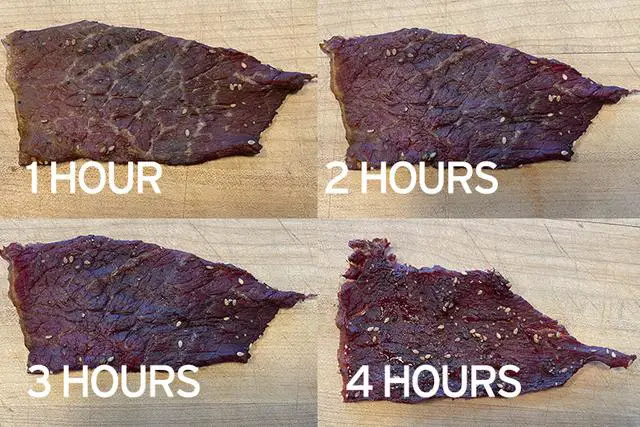
When jerky is overdone, it becomes brittle and dry to the touch. It may have a snap when bent, indicating that it has lost its moisture content. The color of overdone jerky may be darker and more brown than properly dried jerky. The texture can be less palatable and may feel rough or rougher compared to properly dried jerky. Overdried jerky can still be edible but may not have the same desirable taste and texture as properly dried jerky.
In conclusion, determining when jerky is done requires careful monitoring and consideration of several factors. By following these guidelines, such as checking for desired texture, color, and flexibility, individuals can ensure their jerky is safely cooked and ready to enjoy. Remember to use a meat thermometer for accurate internal temperature readings to guarantee optimal results.
Learn More About Grilling
If you want to learn more about grilling, check out these other helpful resources!

